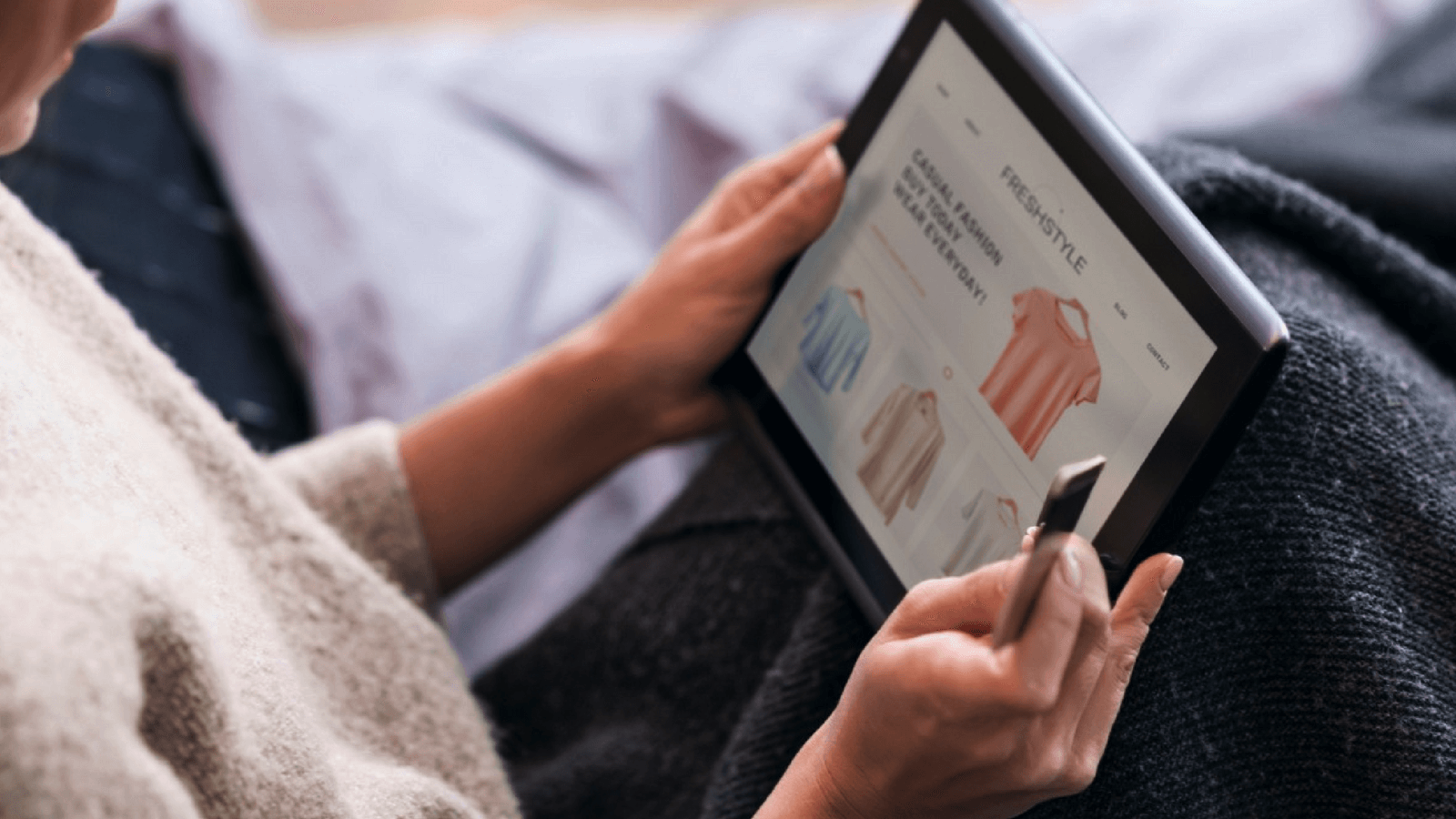Table of Contents
** Minutes
Ask any business owner what the most important facet of their business is, and you will hands-down get the same response: the customers.
However, a lot of merchants wrestle with achieving high customer satisfaction while moving product.
The good news? It doesn’t have to be a struggle!
You don’t have to choose between focusing on revenue or customers first. In this post, we’ll share five tactics to follow to increase your revenue and keep your oh-so-important customers coming back for more. You can implement a customer satisfaction strategy without changing your whole marketing strategy, just follow our tips below.
Let’s get started!
1. Subscriptions
A subscription is a product or service that is delivered to you on a recurring basis. Many stores allow you to choose how often you receive the products from weekly, monthly, quarterly, or yearly plans.
Subscriptions are one of the hottest buying trends right now, and for good reason. Everyone from small shops to the big giants like Amazon and Target is jumping on the subscription train.
Why?
To start, subscriptions give your customers both choice and convenience.
Allowing customers to choose whether they want to purchase an item one time, or have the item shipped to them on a recurring basis promotes flexible buying and can increase the chance that your customers will return.
Plus the recurring revenue doesn’t hurt either.
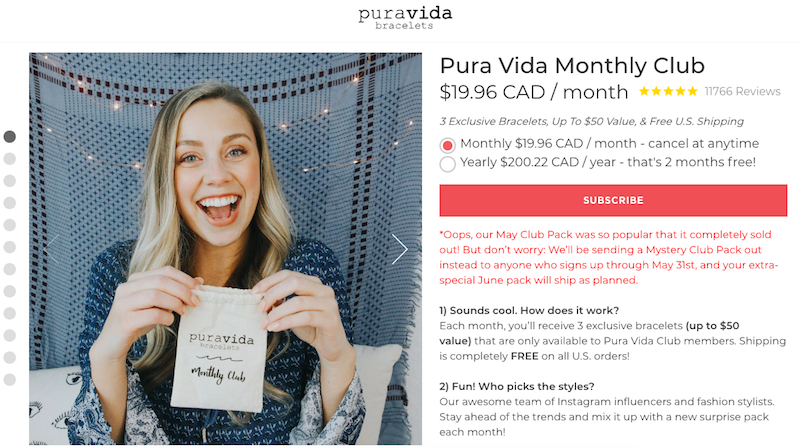
Repeat purchasers are more likely to become loyal brand advocates as they become more comfortable with your business.
This, in turn, increases conversions and revenue. Offering subscriptions also provides improved inventory forecasting. You’ll know exactly how many recurring orders are coming in month-over-month as well as where they’re being sent.
There are multiple routes you can take when offering subscriptions to your customers including subscription boxes like build-a-box, mystery boxes, or a membership-type box. You can also choose how many options your customers get in terms of length of subscription, number of products, payment options, and more.
Sweeten the pot even further by offering a discount on repeat purchases. Shoppers love a deal, and what better way to convince them to choose a subscription than the prospect of saving money?
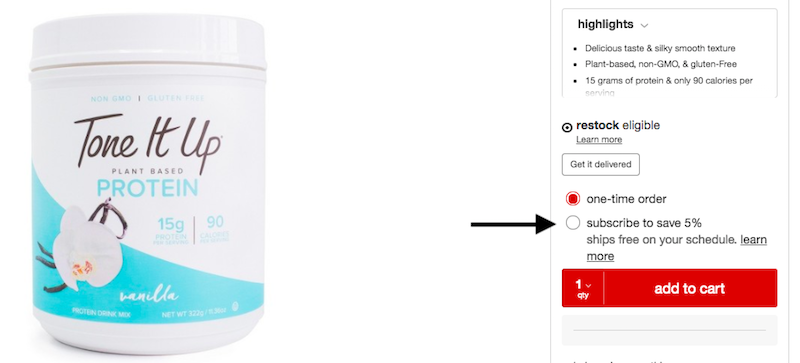
Offer higher discounts on longer subscriptions to entice customers to subscribe for a year rather than a month. Bold Subscriptions offers dynamic discounts, allowing you to decide the best way to discount your customers — after the first purchase, the third, or right away. The choice is yours!
As you can see, offering subscriptions will likely increase revenue and customer satisfaction.
You can take this a step further by creating a brand hashtag for your subscription customers, encouraging them to share their boxes on social media. In turn, you can share this user-generated content and leverage it as an easy, cheap form of social commerce.
Companies like FabFitFun are seeing great success from User Generated Content or UGC. UGC showcases real customers using your products which creates awesome content and free advertising for you, plus a trendy community that customers enjoy being a part of.
2. Abandoned cart recovery
Shoppers abandon carts for a number of reasons, and no, it doesn’t mean your store is doing poorly or you’ve done something wrong. It happens to everyone. In fact, 77% of online orders were abandoned in 2017 alone. It’s what you do to prevent these abandoned carts that matters.
In order to prevent checkout chicken-out, make sure your returns policy and possible additional fees (such as customs policies and shipping info) are clearly defined before the customer reaches checkout.
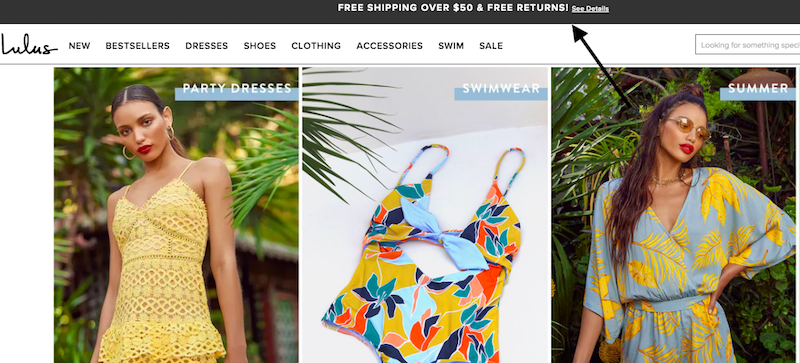
High shipping costs, no 2-day shipping or expedited delivery options, and other unexpected charges are some of the most common reasons for abandoned carts.
[Download: ShipBob’s 2-Day Express Shipping: How to Drive Revenue Through Ecommerce Fulfilment]
Beyond taking the basic steps to prevent cart abandonment, think of yourself as a customer on your own website. What are you seeing that conveys comfort, security, and encouragement to buy?
Do you feel safe using this checkout?
Use payment methods people will recognise and trust, such as PayPal.This creates a sense of security for shoppers. Adding details such as a link to your return policy, contact information, and live chat within the checkout or cart page can also boost both trust and conversions. Relaying that the customer’s sensitive data is secure goes a long way, too.
Do you know exactly what you’re buying?
Use high-quality product images and detailed descriptions not only on your product pages but in your checkout, too. Size charts and customer reviews are another simple way to build trust with your customers.
Offer incentives
Many people buy online even if the store they’re purchasing from is right around the corner from them.
Why? Discounts.
Depending on what you sell, and if you can afford it, a small percentage discount makes customers feel like they’re saving money. Offering free shipping can also help convert browsers into buyers.

Communication is key. Utilise Shopify popups or banners to display discount codes to customers. Emails are also a great way to keep in touch with your customers even after they’ve left your site. You can set auto-generated emails to send to customers an hour, a day, or a week after they’ve left products in the cart. Use light-hearted humour or warm wishes to resonate with your audience.
Remember how we talked about including images on product pages and checkouts? Include them in emails, too! It’s much more difficult for customers to resist when the awesome product they had their eye on is in front of them again.
3. Email marketing
Aside from sending abandoned cart emails, there’s a ton of other reasons you should be hitting your customers’ (or potential customers’) inboxes.
Sharing exclusive information with customers will make them feel like they’re a part of your brand’s inner circle.
Having a sale? Let email subscribers know first. Customers love knowing they have exclusive access to a full inventory of sale products before others have the chance to purchase.
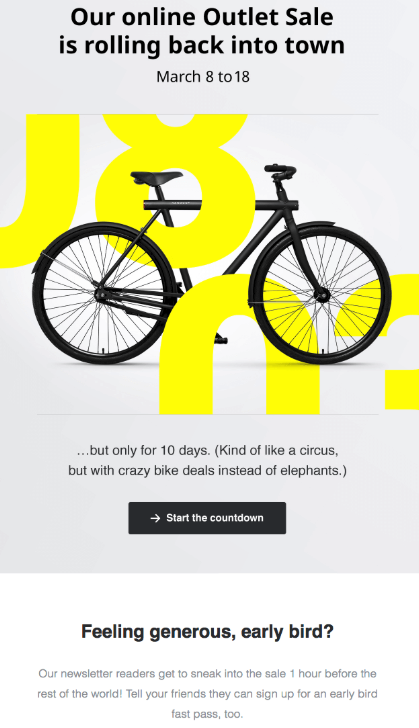
Include a link to the sale page right in the email to make it even easier for shoppers to do what they do best.
You could even create a coupon or discount code exclusively for email subscribers to thank them for investing in your business, or in exchange for honest reviews of your products.
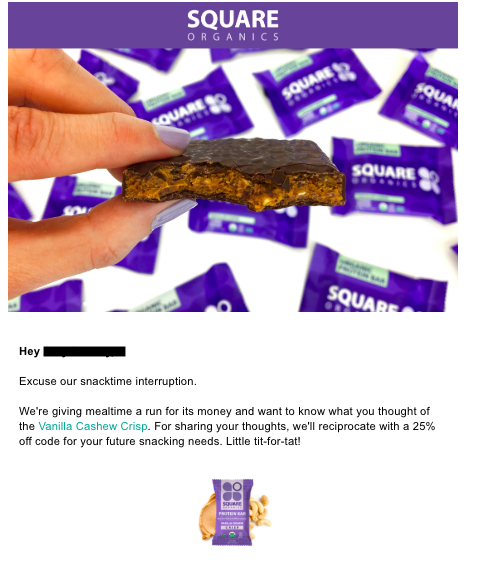
With the promise of exclusive deals and discounts, and being the first to know about changes or exciting new product launches for your store, customers are more likely to opt-in to receive emails from you.
I know what you’re thinking: this sounds like a lot of sales; how is this supposed to increase my revenue? Well, customer acquisition is actually more expensive than retaining an existing customer base. So if you reward the customers you have and take care of them, they’ll keep coming back for more.
The best part of email marketing? There are several apps out there that automate email flows so you can write great, professional emails for every situation, then let the app do the work while you focus on running your business.
When you’re creating the emails, make sure to align the content, design, and language to your brand. The loyal brand advocates we were talking about earlier? They want to see consistent, great content from you.
After all, they love your brand for a reason, so don’t shy away from staying true to what you’ve created.
4. Upselling
Upsells often get a bad rap; the image of annoying sales people pushing more expensive items comes to mind.
But when done well, upsells can actually provide great value to your customers, increasing customer satisfaction.
The golden rule is to focus on a few high-impact strategic upsells rather than blasting a customer with too many generic suggestions. You can use upsells before, during, and even after a purchase in a timely and appropriate manner.
Before and during a purchase, utilise popups that present the customer with upsells and cross-sells they never knew they needed. After the purchase, use emails with enticing offers to keep customers coming back for more.
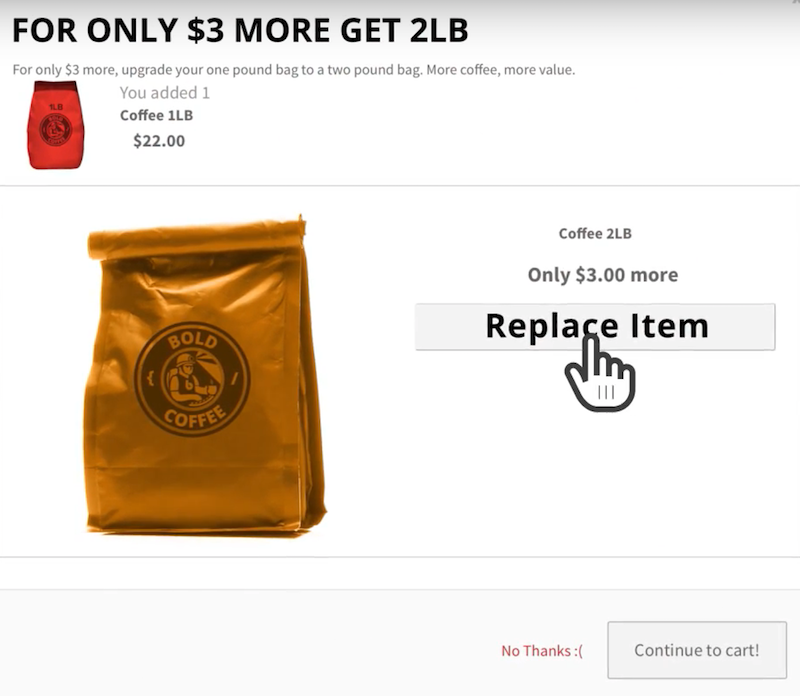
So, how do you offer upsells that are relevant but not annoying to the customer?
Make sure the upsells are related to the product that they’ve added to the cart.
Don’t be afraid to use both upsells and cross-sells. Upsells are meant to replace the item the customer has added to the cart with a bigger/better option. Think of replacing a TV with a larger sized TV with a better picture.
Cross-sells aim to add on related items, not replace the item that the customer has added to the cart. Similar to how a waiter will offer you a side of fries with your burger, it compliments the product you already have in your cart.
A great example of an impactful cross-sell is apparel companies that will feature pants for sale using a photo of a complete outfit. This provides inspiration for an outfit idea as well as the opportunity to cross-sell those other items to complete the look.
Both cross-sells and upsells increase sales, and, if done right, will increase customer satisfaction as well.
5. Multi-currency
Selling globally is one of the most strategic decisions a store owner can make. You’re opening doors to shoppers in other countries, welcoming a larger consumer base and increasing your potential revenue.
However, not everyone will speak the same language you do or use the same currency that you offer.
Offering a customer’s native currency will increase conversions exponentially. Otherwise, there’s instant hesitation: How much is this product in my currency? What is the conversion rate? Will they even ship to me?
A whopping 65% of users who visit a site where choosing different currencies was not an option left.
Luckily, there are apps available to help your store open the doors to international customers.
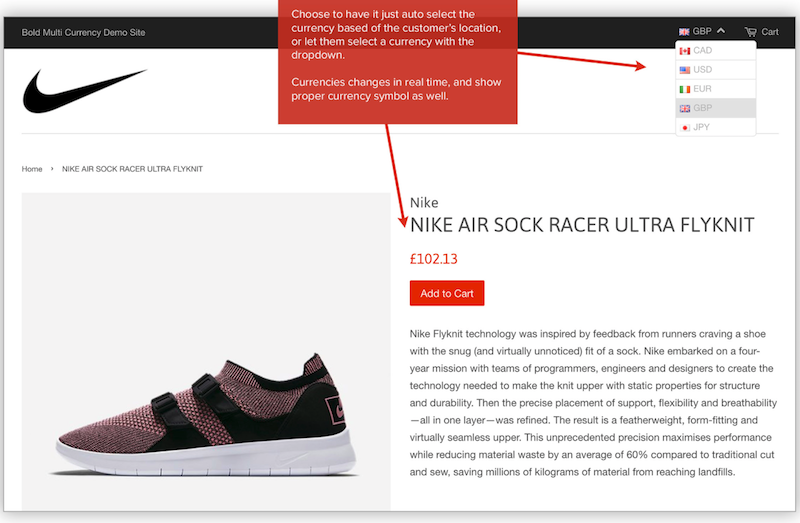
Bold Multicurrency, for example, allows you to offer your customers multiple currencies displayed either with a sleek drop down menu or with a geolocation feature that detects where your shoppers are in the world and displays their local currency.
Allowing a client to shop in their native currency creates a great customer experience, and customers who have a great customer experience are more likely to buy from you again, creating — you guessed it — loyal customers. Small implementations like this can greatly improve customer loyalty and overall improve customer satisfaction.
Conclusion
With an overload of information out there on how to increase your revenue and keep customers happy, it’s easy to feel overwhelmed. But by following these tactics, you’re leaving the guesswork on the table and ensuring that not only your store but your customer satisfaction will grow without having to sacrifice one for the other.
